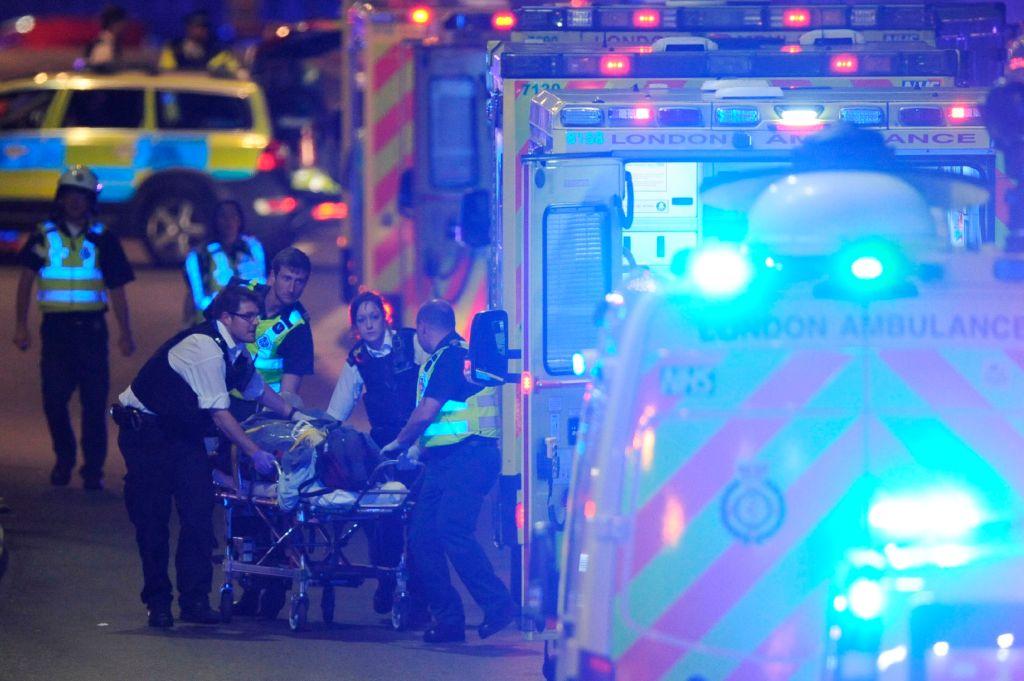Enhancing medical preparedness to meet the changing threat of terrorism
Posted By Derrick Tin on April 23, 2021 @ 11:15

Counterterrorism medicine, or CTM, is a new medical subspeciality born out of the increasingly devastating and complex terrorist attacks taking place around the world. High-profile terrorist attacks in major cities have seemingly become a regular occurrence and mass-casualty events continue to challenge healthcare systems.
Terrorism events have a distinct difference from other man-made disasters such as transport or industrial accidents. While most potential man-made sources of disastrous events incorporate safety measures to minimise victim impact in case something goes wrong, terrorist events have the opposite aim: they are designed to maximise death and destruction.
CTM takes a collaborative, multidisciplinary approach to mitigating these healthcare strains by looking at plausible as well as theoretical risks, doing risk assessments and providing solutions.
Right-wing, white supremacist and political extremist groups have been exploiting the anti-government, anti-freedom sentiments associated with the Covid-19 pandemic, not just to recruit socially or lockdown-isolated vulnerable individuals but also to openly parade their skewed narrative. And that has potentially significant implications. While the terrorists of old tended to be secretive and hidden, were usually found in developing countries, and historically relied on bombs and guns as an attack methodology, we are now seeing a new breed of terrorists who are much more open, are much more technologically savvy and have a lot more access to a wider range of weapons.
The recent lye-poisoning attack in Florida [1] is a good example of how rogue actors can leverage new technologies to cause harm in a way we haven’t necessarily come across before. Crop-spraying drones can easily be reappropriated to deliver toxic or deadly chemicals purchased on the black market. With advanced swarm technology, they can also be preprogrammed to simultaneously strike multiple soft targets using an array of attack modalities. The use of nanotechnology in experimental weapons such as dense inert metal explosives, or DIME, is raising biotoxicity concerns and creating injury patterns previously unseen. CTM specialists need to consider how new and emerging technologies alter or create new mass-casualty scenarios that can exploit vulnerabilities in medical preparedness.
While CTM specialists spend time looking ahead at new technologies, we also need to better understand and learn from historic methodologies and the healthcare aftermath of terrorist attacks. The Tokyo sarin gas attack [2] and the Moscow theatre siege [3] exposed historic and ongoing deficiencies in education and training on recognising toxic syndromes, or toxidromes, in chemical weapons attacks. Law enforcement and medical personnel who responded to these attacks were not adequately prepared to deal with the effects of the toxic gases on either themselves or the initial victims.
This realisation led to the recent publication of an easy-to-use clinical algorithm for first responders to quickly identify potential chemicals deployed and provide antidotes where available. Analysis of injuries caused by both suicide and non-suicide bombings has provided insight to medical providers on blast wounds and patterns and given rise to new suggestions in blast-mitigation strategies.
While understanding past methodologies has important educational value, policymakers need to be forward-looking in anticipating the new or unexpected. The emergence of CTM as a disaster medicine subspecialty addresses the unique terrorism-related issues relating to mitigation, preparedness and response measures to asymmetric, multi-modality terrorist attacks. Healthcare facilities and medical responders are at risk of being the primary or secondary targets of attacks, and risk mitigation strategies for them also need to be reviewed and vulnerabilities addressed.
Addressing the healthcare complexities within CTM requires collaboration among specialists and experts in disaster medicine, counterterrorism, tactical medicine and law enforcement to ensure streamlined, coordinated strategies in dealing with future terrorist events.
Article printed from The Strategist: https://aspistrategist.ru
URL to article: /enhancing-medical-preparedness-to-meet-the-changing-threat-of-terrorism/
URLs in this post:
[1] lye-poisoning attack in Florida: https://www.washingtonpost.com/nation/2021/02/09/oldsmar-water-supply-hack-florida/
[2] Tokyo sarin gas attack: https://www.ncbi.nlm.nih.gov/pmc/articles/PMC1269427/
[3] Moscow theatre siege: https://www.bbc.com/news/world-europe-20067384
Click here to print.